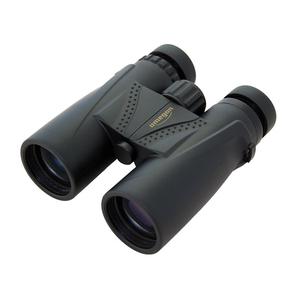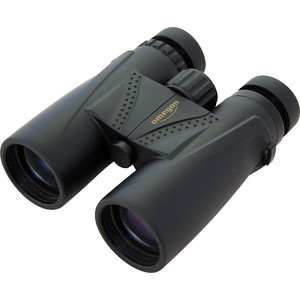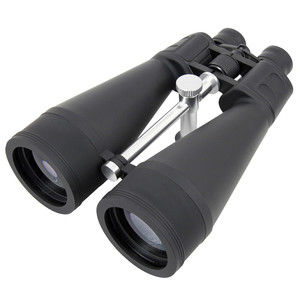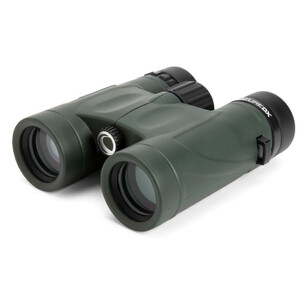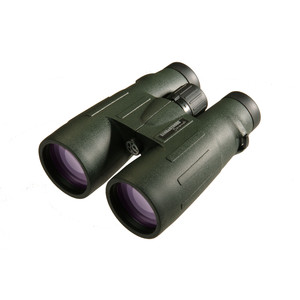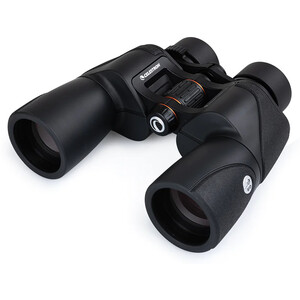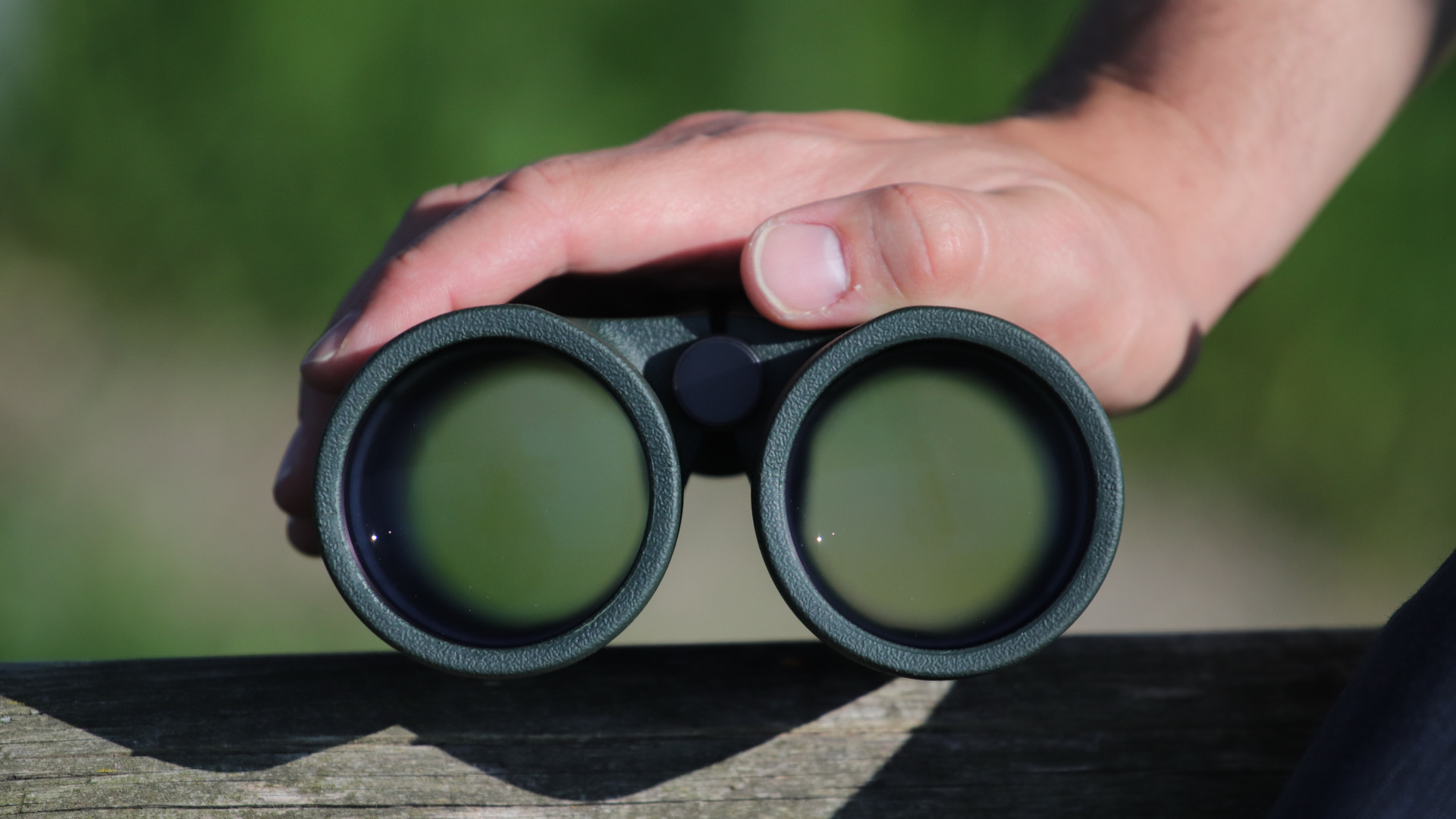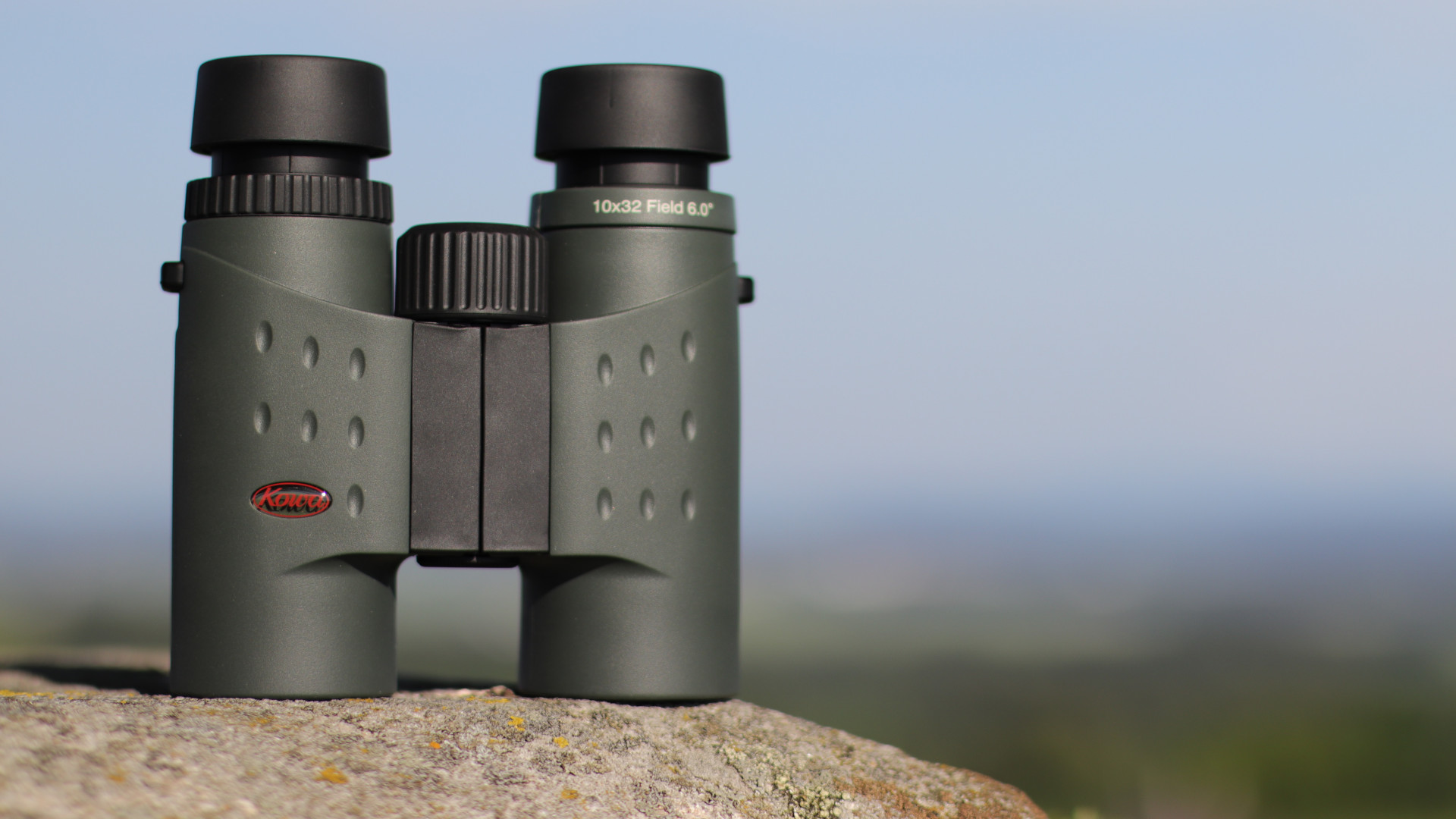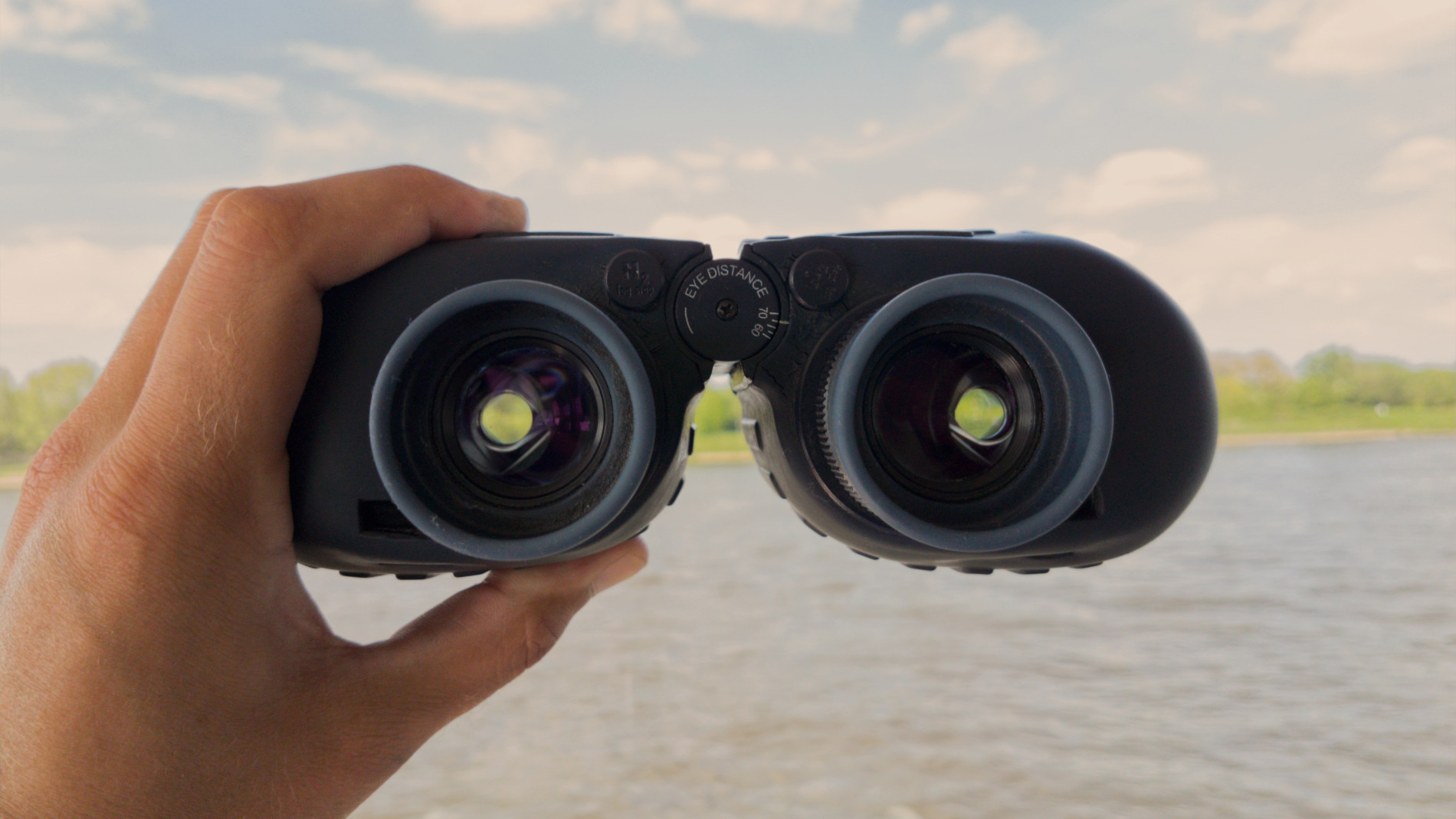Magnification x aperture
How do I identify the aperture and magnification of a pair of binoculars? And what are these numbers actually telling me?
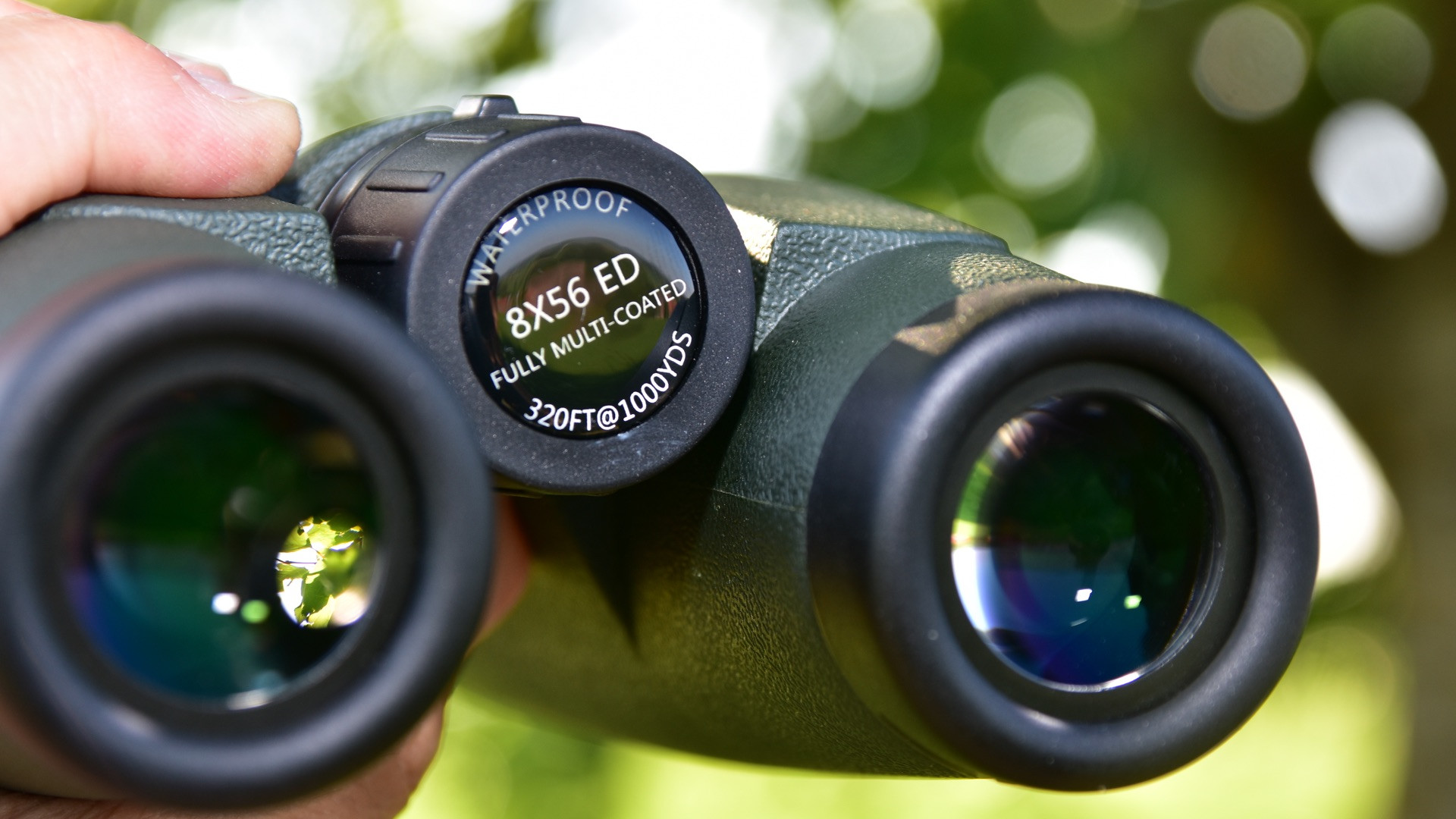
The magnification of a pair of binoculars is an important factor, but it is by no means the only relevant feature. Magnification is just one of many parameters. However, there is often a general view that the higher the magnification, the better the binoculars will be. That's definitely not the case. The combination of magnification and lens aperture is what really matters. But first of all, it is important to understand the labelling on binoculars.
The values
Depending on the binoculars you’re looking at, you'll see printed values such as: 10x25, 8x42, 7x50, etc. But what do they mean?
10x50? What is that?
This type of abbreviation can be found for any binoculars that you can buy from us. It specifies the magnification and the size (aperture) of the binoculars’ objective lens. The first number represents the magnification, in this case therefore it is a magnification of 10x. The second number represents the size of the objective lens, which is always expressed in millimetres. A 10x42 binoculars therefore has a 42 mm objective lens.
It is actually quite simple. The first value always indicates the binoculars’ magnification. With 10x25 binoculars, the magnification is 10 times. The second value always indicates the aperture in millimetres. With a 10x25 glass this is 25 mm and for an 8x42 it is 42 mm.
The combination of both values must always complement one another. So we can't just make binoculars with the values 25x25. The amount of light that would reach the eye would be far too small to make any sense.
Binoculars sizes in comparison - here you can nicely see how different the apertures can be. The larger the lens, the more light the binoculars will gather. In principle, binoculars are manufactured for various purposes. A pair of 10x25 binoculars is built especially for people who prefer to use something very compact, which will also fit in the pocket. These binoculars are very light in weight and are ideal for day-time observing. If you are hiking in the mountains and your backpack is already heavy, a very large pair of binoculars would add unnecessary weight for you to carry. 8x42 or 10x42 roof prism binoculars have meanwhile become popular as universal binoculars. They are very compact, but still gather enough light to be able to observe in low light conditions or early twilight.
On the other hand, binoculars with high light gathering power are most suitable for observers (e.g. hunters) who want to recognise animals at dusk and at night. In this case, you would choose devices with 7x50, 8x56 or 9x63. The upper end of this range is known as large binoculars. These are usually understood to be binoculars with very large lens apertures from 70 to 100 mm. They collect 4 times more light than universal binoculars, and are popular for observing stars or for observing the landscape using a tripod.
Recommended products
